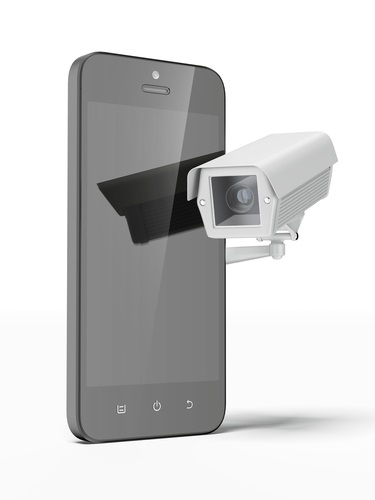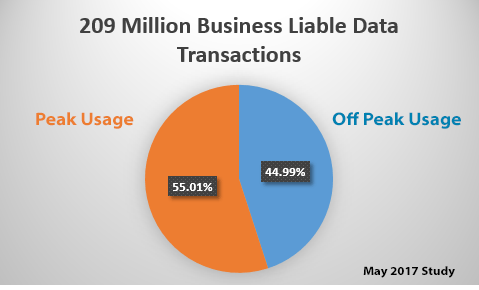blog | Kit Livingston
| July 20, 2017 11:38 am
| Leave a Comment
| mobile cost management, MobilSentryDIY, wireless expense managment
Mobile Corporate Theft, It’s Bigger than you Think
 The emergence of mobile devices in today’s business culture has not only met the demands for more efficiency and productivity in the work place but has brought with it new areas of misuse of corporate funds. Because mobile technology and smartphones have become increasingly central in business environments, this new category of mobile assets and data corporate theft has the potential to cause a tremendous negative financial impact.
The emergence of mobile devices in today’s business culture has not only met the demands for more efficiency and productivity in the work place but has brought with it new areas of misuse of corporate funds. Because mobile technology and smartphones have become increasingly central in business environments, this new category of mobile assets and data corporate theft has the potential to cause a tremendous negative financial impact.
Because mobile devices are the source of not only communication, but lends itself to overall productivity the wider accessibility to distracting applications can result in theft of not only company time, but wages and mobile data. MobilSense has witnessed a diverse number of company theft situations and have identified three categories to watch out for: intentional, semi-intentional and unintentional. While we have found most users of company provided mobile devices to be responsible corporate citizens, the challenge is to find those who fall under these three categories and guide the behavior before it gets out of hand.
Forward thinking companies have not only clarified their expectations of acceptable business and non-business usage by adopting clear and concise mobile policies, but they have also implemented methods that inspect compliance to the policies they have established. In the end, when mobile assets or mobile data are misused or stolen, both time and productivity suffer which ultimately equates to corporate dollars lost.
Click here to read more about this challenge.

